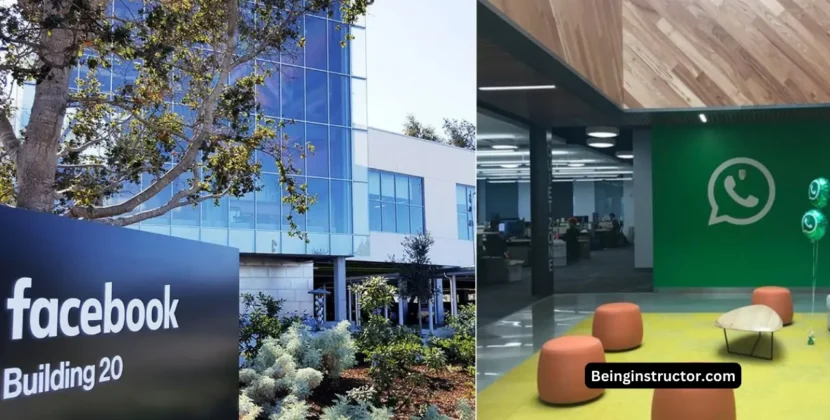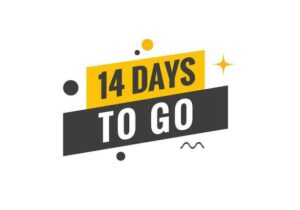In the bustling digital landscape, where websites are key to engagement and conversion, user navigation and discovery are essential. Navigating online is like exploring a vast content ecosystem. Web developers must create experiences that guide users smoothly to their goals while keeping them engaged.
This guide is for web developers looking to understand and improve user navigation and discovery, offering actionable strategies to boost UX.
Understanding User Behavior on Digital Platforms
Before we can design an effective navigation system, we must first understand how users interact with digital platforms. Human behavior online is shaped by various factors, including past experiences, psychological triggers, and current objectives. Internet users often exhibit specific navigation patterns, such as top-to-bottom scanning, F-shaped reading, and check-out process linear progression.
Common Navigation Patterns and User Expectations
It is crucial to cater to these patterns by:
- Applying a clear hierarchy in information presentation
- Ensuring consistent placement of navigation elements
- Using recognizable icons and labels
Understanding these patterns and expectations allows for the creation of an intuitive user interface (UI) that feels second nature to your audience.
Principles of Effective Navigation Design
An optimal navigation UI must be designed with simplicity, consistency, and clarity in mind. Here’s how you can achieve these principles:
Highlighting Simplicity
- Keeping the number of menu items to a minimum
- Decluttering the interface from unnecessary elements
Ensuring Consistency
- Maintaining a uniform design across the platform
- Adhering to design systems and style guides
Prioritizing Clarity
- Using descriptive and familiar language in navigation labels
- Incorporating visual cues to guide users, such as breadcrumbs and progression indicators
Your navigation should be a beacon of clarity, not a puzzle for users to solve.
Enhancing User Discovery through Content Organization
Users must be able to discover content effortlessly. Effective content organization involves:
Categorizing and Labeling Content
- Creating logical content groups
- Choosing labels that resonate with your audience and reflect their mental models
The Role of Search Functionality
- Developing an intuitive and efficient site search feature that allows users to easily locate the information or products they need without hassle.
- Incorporating advanced filters into the site search to refine results, enabling users to narrow down their options based on specific criteria and preferences.
The Impact of Mobile Navigation on User Experience
In the mobile-centered world, navigation on smaller screens is vastly different from traditional desktop paradigms. We must consider:
Responsive Design and Mobile-First Navigation
- Starting with a simple, mobile-friendly design that can scale up
- Prioritizing the most critical content and actions for mobile users
Mobile navigation is about making strategic choices and respecting the constraints and advantages of the medium.
Tools and Technologies for Improving User Navigation
The web is replete with tools aimed at improving user navigation. Here are a few worth exploring:
Navigation Plugins
- Customizable widgets and plugins that enhance user interaction
- By providing additional navigational features such as mega menus, sticky headers, and interactive elements, these plugins can enrich the user experience
Card Sorting for Information Architecture
- Utilizing card sorting methods to involve users in the organization process
- By understanding how your users would sort information can lead to a more intuitive navigation structure
Heatmaps and Click Tracking
- Visual aids that show where users are clicking and how far they are scrolling
- By analyzing these heatmaps and behavioral data, you can uncover weak points in your navigation and iterate on the design.
Best Practices for Testing and Iterating on Navigation Designs
To ensure your navigation is truly effective, here are some best practices for testing:
A/B Testing
By comparing two versions of your navigation, you can determine statistically which performs better
User Feedback Loops
Implementing feedback mechanisms such as surveys, chatbots, or direct contact points with users can provide invaluable qualitative insights
Notable Metrics to Track
Engagement metrics, click-through rates, and time-on-page can provide quantitative data on how your navigation design is performing
Iterative design based on real-world user data is the key to continuous improvement and innovation in navigation.
Conclusion
Navigational challenges change with technology. To optimize user navigation, continuously adapt and understand user needs. Strive for simplicity, consistency, and clarity in your digital platforms. Regularly test and improve your designs to exceed user expectations. This is an exciting time for web development, offering many chances to innovate in navigation. Use this guide’s resources and strategies for user-centric design. A seamless digital experience enhances user satisfaction and performance metrics.

















